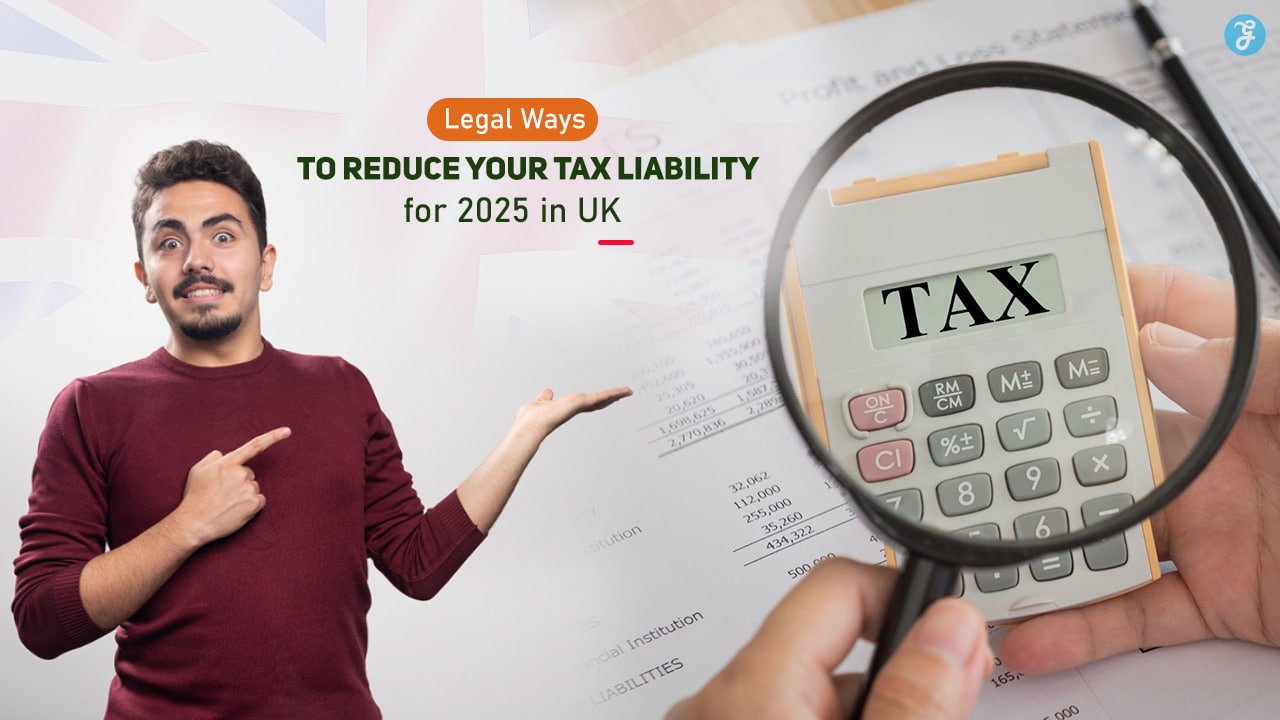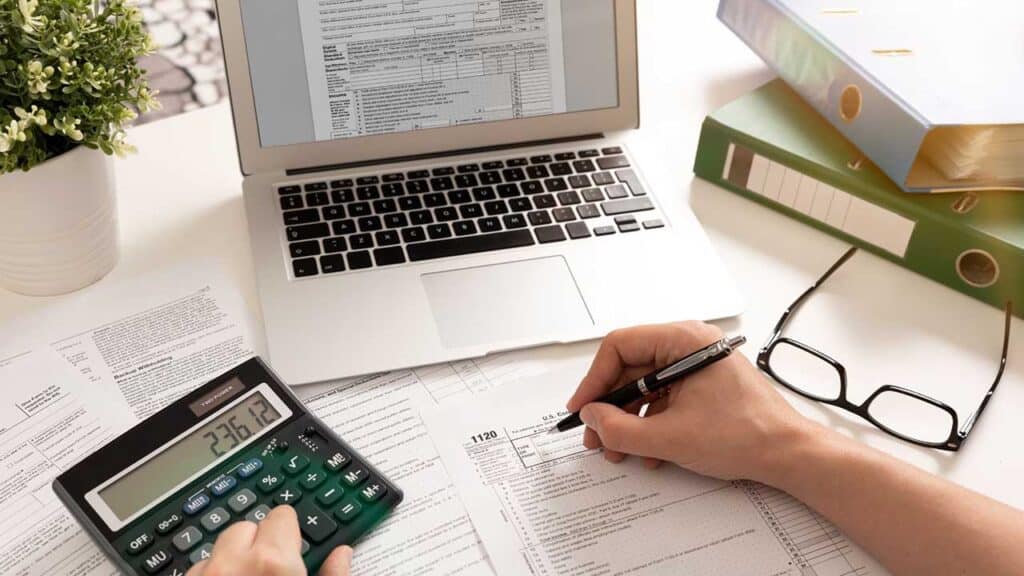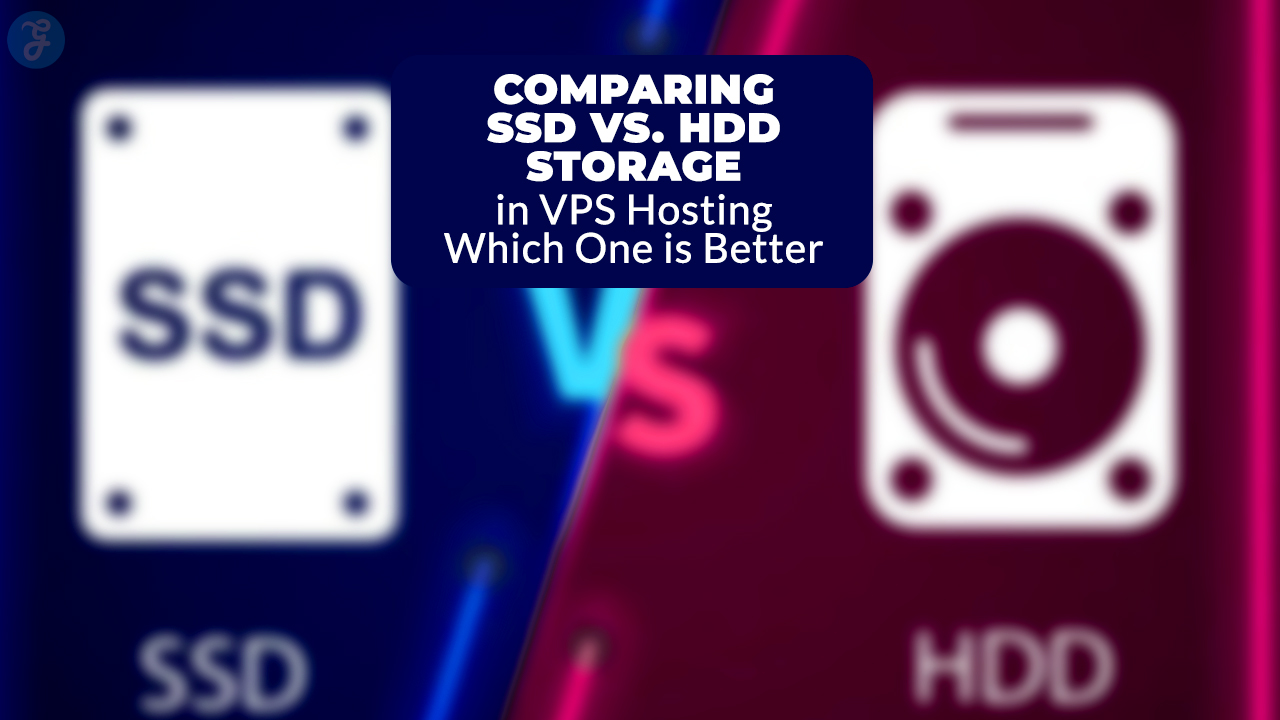Paying taxes is a responsibility, but that doesn’t mean you have to pay more than necessary. By taking advantage of the UK’s allowances, reliefs, and deductions, you can reduce your tax liability legally and effectively.
Proper tax planning not only saves money but also ensures you’re in full compliance with HMRC regulations.
This guide covers 12 detailed strategies to help you minimize your tax burden in 2025, whether you’re an individual taxpayer, a business owner, or self-employed.
1. Maximize Your Personal Allowance
What It Is
The personal allowance is the amount of income you can earn tax-free. For most UK taxpayers, this threshold is £12,570 for the 2025 tax year. However, if your income exceeds £100,000, your allowance is reduced by £1 for every £2 over this limit.
How It Reduces Taxes
By structuring your income to stay within or close to the allowance, you can reduce your taxable income significantly. This can be achieved through pension contributions, charitable donations, or transferring income-generating assets to a lower-earning spouse.
Additional Insights:
- If you are self-employed, consider deferring income until the next tax year to stay under the allowance limit.
- High earners can use salary sacrifice schemes to lower taxable income while benefiting from employer pension contributions.
Pro Tip:
If your income is slightly above £100,000, making additional pension contributions can help you reclaim your full personal allowance, effectively saving 60% in tax on the excess income.
2. Contribute to a Pension Scheme
What It Is
Contributing to a pension is one of the most effective ways to reduce taxable income. The government provides tax relief on pension contributions at your highest marginal tax rate, making it a win-win strategy for saving for retirement while cutting down your tax bill.
How It Reduces Taxes
For example, if you’re a 40% taxpayer, contributing £1,000 to your pension costs you only £600 after tax relief. Employers may also offer salary sacrifice schemes, allowing you to contribute pre-tax income directly into your pension.
Additional Insights:
- The annual pension contribution allowance for 2025 is £60,000, but unused allowances from the past three years can also be carried forward.
- Contributions up to this limit are eligible for tax relief, provided you don’t exceed your annual income.
Pro Tip:
For those with higher earnings, using a self-invested personal pension (SIPP) allows for greater control and investment flexibility.
3. Utilize ISA Allowances
What It Is
Individual Savings Accounts (ISAs) offer a tax-free way to save or invest money. For the 2025 tax year, the annual ISA allowance remains at £20,000 per individual.
How It Reduces Taxes
Earnings from ISAs, whether in the form of interest, dividends, or capital gains, are completely tax-free. This is particularly beneficial for higher-rate taxpayers who would otherwise pay up to 39.35% on dividend income or 20% on capital gains.
Additional Insights:
- Split contributions between a Cash ISA and a Stocks & Shares ISA to diversify your tax-free earnings.
- Use Junior ISAs (JISAs) to save for your children’s future, with an annual limit of £9,000.
Pro Tip:
If you’ve maxed out your ISA allowance, consider Lifetime ISAs (LISAs) for long-term savings, especially if you’re saving for a first home.
4. Claim Tax Relief on Work Expenses
What It Is
Employees who incur expenses as part of their job may be entitled to tax relief. These include costs that are necessary for your role and not reimbursed by your employer.
How It Reduces Taxes
Work-related expenses such as uniforms, tools, professional subscriptions, and travel costs can be deducted from your taxable income, reducing the overall tax you owe.
Additional Insights:
- Higher-rate taxpayers benefit more, as they can reclaim 40% of eligible expenses.
- Use HMRC’s online portal to make claims, especially for flat-rate expenses like uniforms.
Pro Tip:
Keep detailed receipts and records for at least six years in case of an audit.
5. Leverage the Marriage Allowance
What It Is
The Marriage Allowance allows one spouse or civil partner to transfer up to £1,260 of their unused personal allowance to the other, provided the recipient is a basic-rate taxpayer.
How It Reduces Taxes
This transfer can save couples up to £252 annually, a simple yet effective way to reduce tax liability within a household.
Additional Insights:
- Both partners must meet the eligibility criteria, including income limits.
- Claims can be backdated for up to four previous tax years, potentially resulting in a significant refund.
Pro Tip:
If you’re newly married or in a civil partnership, apply for this allowance as soon as possible to maximize savings.
6. Use Capital Gains Tax Allowance
What It Is
Capital Gains Tax (CGT) is charged on profits from the sale of certain assets, such as property or investments. The annual CGT exemption for individuals in 2025 is £3,000.
How It Reduces Taxes
Selling assets in tranches across multiple tax years can help you stay within the annual exemption limit, ensuring you pay no tax on gains up to £3,000 each year.
Additional Insights:
- Transferring assets to a spouse allows them to utilize their CGT exemption.
- Keep detailed records of purchase prices and associated costs to calculate accurate gains.
Pro Tip:
Consider reinvesting proceeds into tax-efficient schemes like EIS or SEIS to defer or eliminate CGT liabilities.
7. Take Advantage of Business Expenses
What It Is
If you’re self-employed, you can deduct allowable expenses from your taxable profits. These include costs directly related to running your business.
How It Reduces Taxes
Expenses such as office supplies, software subscriptions, travel, and marketing costs lower your overall profits, reducing your tax bill.
Additional Insights:
- Home-based businesses can claim a portion of household bills, such as electricity and internet.
- Vehicle expenses can be claimed using actual costs or HMRC’s flat-rate mileage scheme.
Pro Tip:
Use accounting software to track expenses efficiently and ensure you claim everything you’re entitled to.
8. Invest in SEIS and EIS Schemes
What It Is
The Seed Enterprise Investment Scheme (SEIS) and Enterprise Investment Scheme (EIS) encourage investments in small, high-growth businesses by offering generous tax incentives.
How It Reduces Taxes
- SEIS offers 50% income tax relief on investments up to £100,000 annually.
- EIS provides 30% income tax relief on investments up to £1 million, or £2 million for knowledge-intensive businesses.
Additional Insights:
- Investments are exempt from Capital Gains Tax after three years.
- Losses on investments can be offset against other income.
Pro Tip:
Work with a financial advisor to identify businesses eligible for SEIS and EIS benefits.
9. Claim Rent-a-Room Relief
What It Is
The Rent-a-Room scheme allows homeowners to earn up to £7,500 tax-free annually by renting out a furnished room.
How It Reduces Taxes
This scheme lets you generate additional income without increasing your tax liability, making it an attractive option for homeowners.
Additional Insights:
- The tax-free limit is halved if you share the income with a partner or co-owner.
- Ensure the room meets legal safety standards to qualify.
Pro Tip:
Advertise through trusted platforms and screen tenants carefully for a hassle-free experience.
10. Offset Losses Against Profits
What It Is
If you’ve incurred losses from investments or business activities, you can offset them against current or future profits.
How It Reduces Taxes
Losses can be carried forward indefinitely or applied to previous tax years, reducing taxable income and generating potential refunds.
Additional Insights:
- Losses from rental properties or sole proprietorships are commonly offset.
- Use professional advice to ensure compliance with HMRC rules.
Pro Tip:
Track and document all losses to avoid missing out on eligible deductions.
11. Benefit from R&D Tax Credits
What It Is
Research and Development (R&D) tax credits are a government initiative designed to encourage businesses to innovate and grow. Whether you’re creating a new product, improving existing processes, or developing cutting-edge software, R&D tax credits can provide substantial relief on your tax bill.
How It Reduces Taxes
For small and medium-sized enterprises (SMEs), R&D tax credits allow a deduction of up to 230% of eligible costs from taxable profits. For example, if a company spends £100,000 on qualifying R&D activities, they can deduct £230,000 from their taxable income. Large companies can also benefit from the R&D Expenditure Credit (RDEC) scheme, which offers a 13% credit on qualifying R&D expenditure.
What Qualifies as R&D?
- Developing new products, services, or processes.
- Enhancing existing systems to improve efficiency or reduce costs.
- Solving technical challenges where solutions aren’t readily available.
Qualifying Costs Include:
- Staff salaries for employees directly involved in R&D.
- Software and consumables used in the R&D process.
- Subcontractor costs for outsourced R&D activities.
Additional Insights:
- Claims can be backdated for up to two financial years, so you may still benefit from previous R&D work.
- Many companies overlook R&D opportunities in routine tasks like improving manufacturing processes or implementing new IT systems.
Pro Tip:
Work with a tax consultant or specialist R&D advisor to ensure you include all qualifying expenses. They can also help you prepare a robust technical narrative for HMRC to maximize your claim and avoid disputes.
12. Plan Charitable Donations
What It Is
Donating to registered charities in the UK not only supports causes you care about but also offers tax benefits. Gift Aid is a popular scheme where charities can claim an extra 25p for every £1 you donate, while higher-rate taxpayers can claim additional tax relief through their self-assessment tax return.
How It Reduces Taxes
When you make donations under Gift Aid, higher-rate taxpayers can extend their basic-rate tax band by the donation amount. For example, if you donate £1,000, a 40% taxpayer can claim back an additional £250 through their tax return, reducing their tax bill.
Types of Donations That Qualify:
- Cash Donations: Made directly to registered charities.
- Payroll Giving: Contributions deducted from your salary before tax.
- Donations of Assets: Gifts of shares or property to charities are exempt from Capital Gains Tax and Inheritance Tax.
Additional Benefits:
- Charitable donations reduce your taxable estate if you’re planning for Inheritance Tax.
- Leaving 10% or more of your estate to charity can reduce the Inheritance Tax rate from 40% to 36%.
- Donating through Gift Aid can make a significant impact without costing you extra money.
Additional Insights:
- Keep a record of all donations, including receipts and confirmations from charities, to ensure accurate reporting in your tax return.
- Ensure the charity is registered with HMRC to qualify for tax relief.
- Consider setting up recurring donations through payroll giving schemes for convenience and regular tax benefits.
Pro Tip:
Make larger charitable donations toward the end of the tax year. This allows you to accurately calculate your extended tax bands and ensures you optimize your tax savings before the financial year closes.
Takeaways
By implementing these 12 legal ways to reduce your tax liability in the UK, you can optimize your finances while staying compliant with HMRC rules.
From utilizing allowances to leveraging investments and tax-efficient schemes, every small step adds up to significant savings.
For personalized advice, consult a tax professional to tailor these strategies to your unique circumstances and ensure maximum savings in 2025.












































